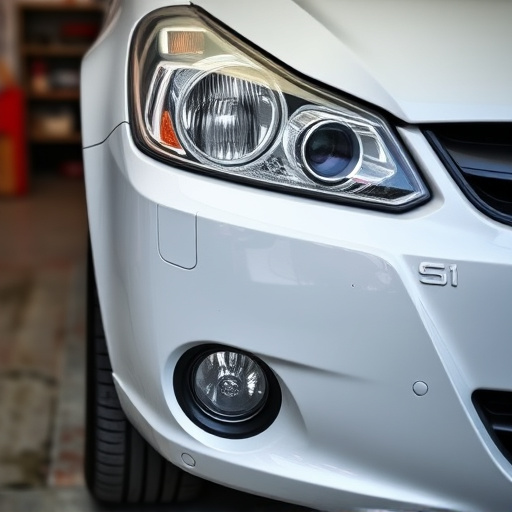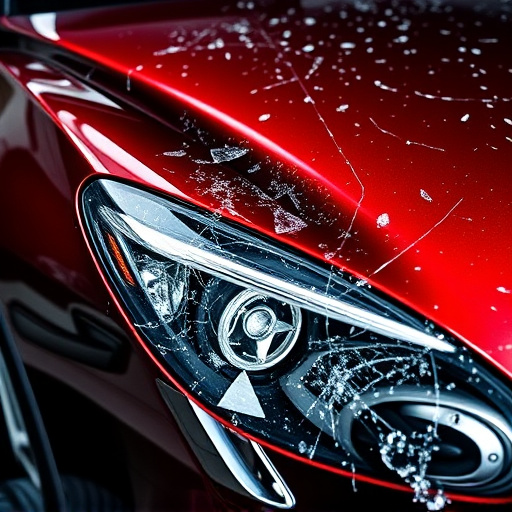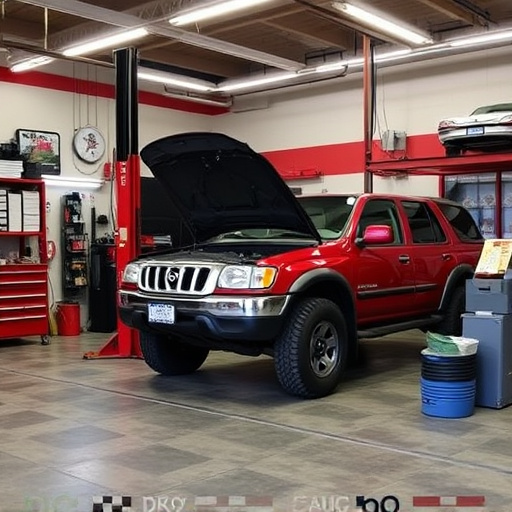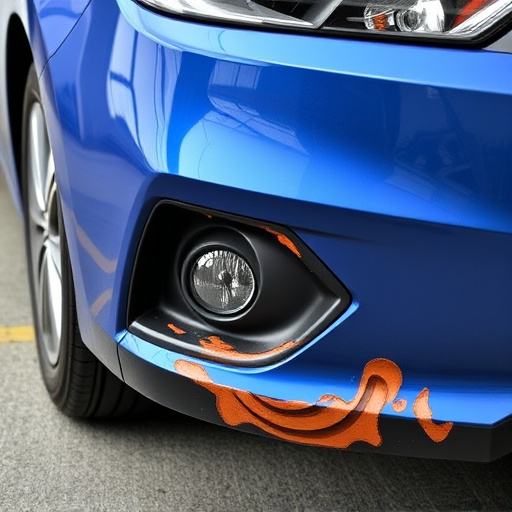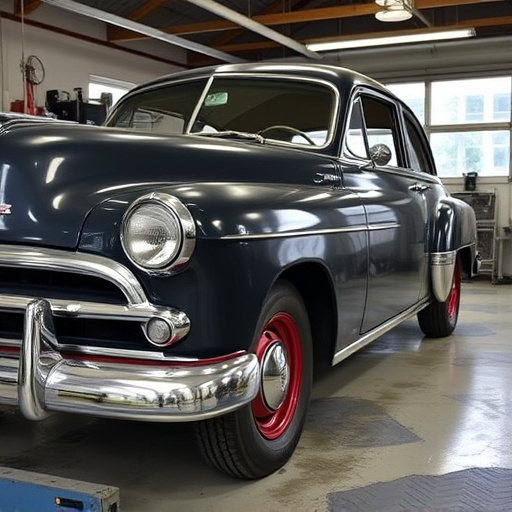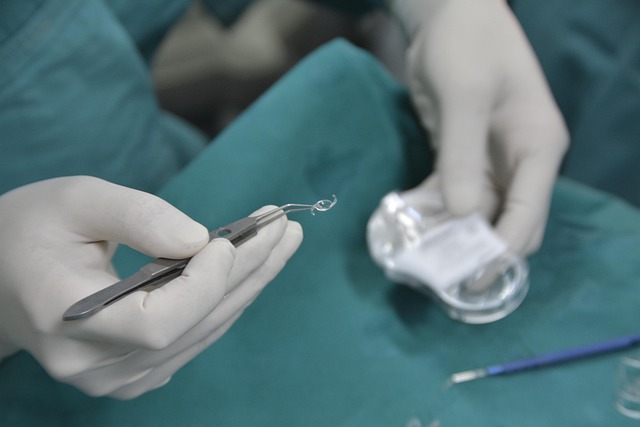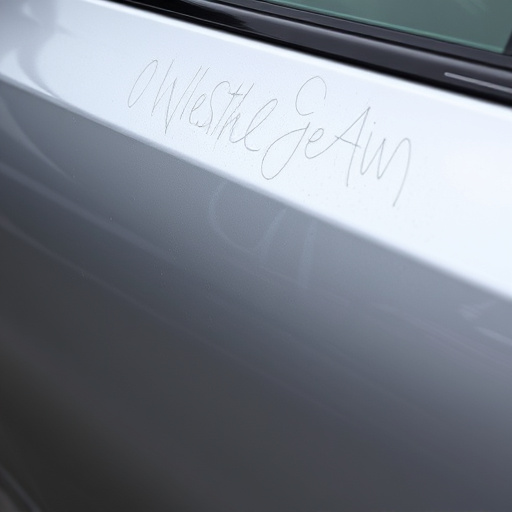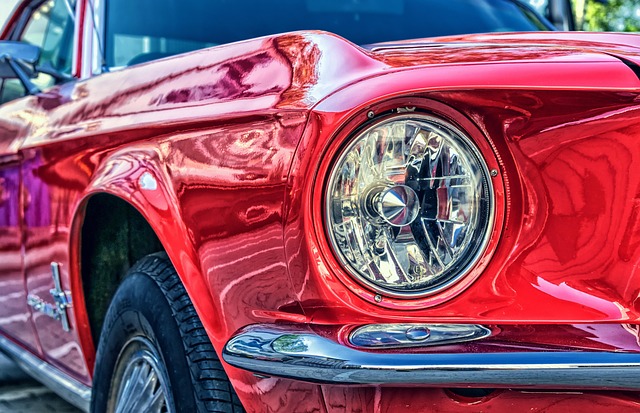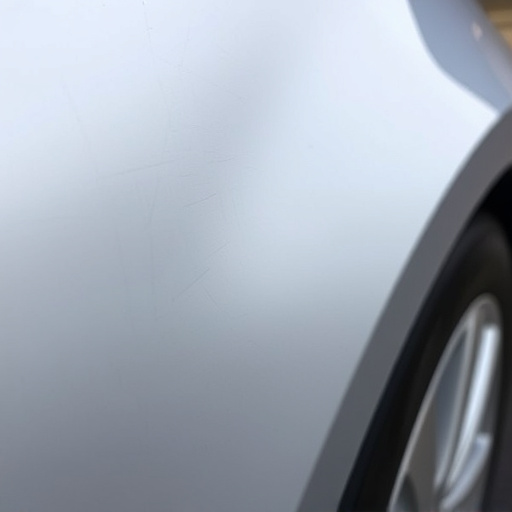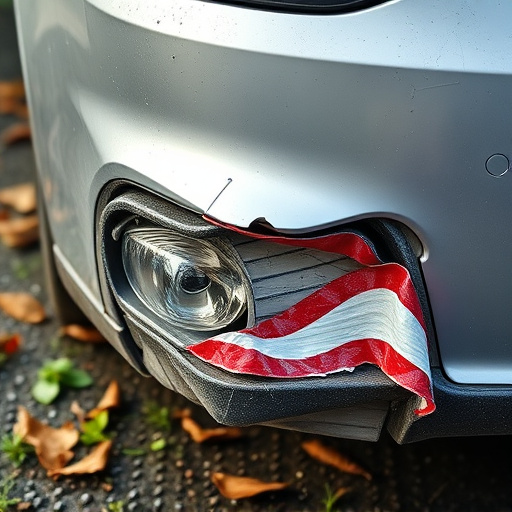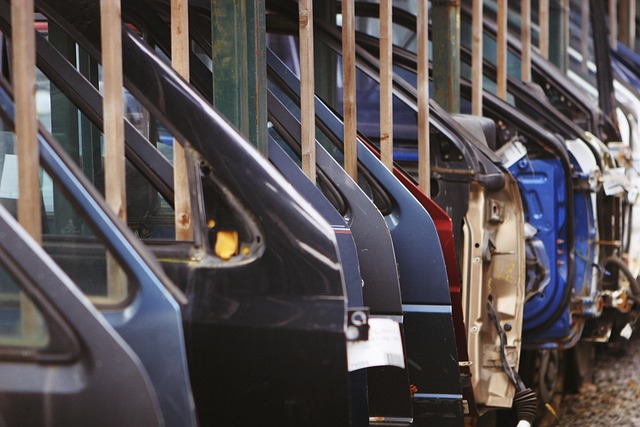PDR for aluminum panels provides a specialized, non-invasive method to restore modern vehicles with aluminum bodywork. Skilled technicians use advanced tools to manipulate metal, eliminating dents without damaging factory finishes or employing time-intensive painting methods. This cost-effective solution preserves resources and maintains aesthetic appeal, making PDR ideal for luxury vehicle repair, with repair duration influenced by dent size, aluminum type, environmental conditions, technician skill, access, pre-existing damage, and tool availability.
“Discover the secrets behind efficient panel restoration with Professional Defect Repair (PDR) for aluminum panels. This innovative technique promises faster turnaround times and superior results compared to traditional repair methods. In this article, we demystify the PDR process, explore factors affecting repair duration, and offer insights on optimizing efficiency. From understanding material properties to mastering repair techniques, learn how PDR revolutionizes aluminum panel restoration, ensuring quick and effective solutions for various industries.”
- Understanding PDR Process for Aluminum Panels
- Factors Influencing Repair Time
- Optimizing Efficiency in Panel Restoration
Understanding PDR Process for Aluminum Panels
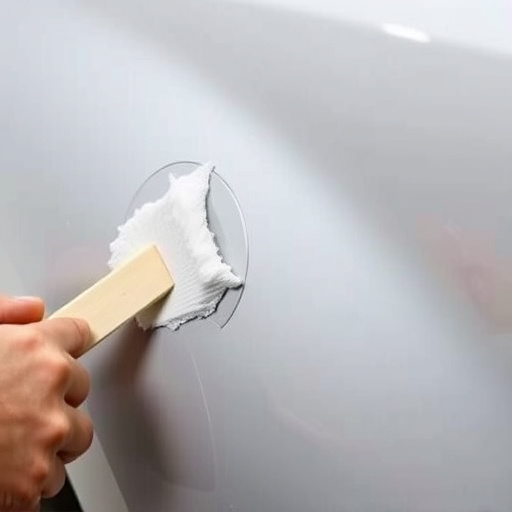
The Process of PDR for Aluminum Panels: A Deep Dive
PDR, or Paintless Dent Repair, is a specialized technique designed to restore damaged car bodywork without the need for traditional auto painting methods. When it comes to aluminum panels, which are increasingly common in modern vehicle construction, understanding the intricacies of PDR becomes paramount. This non-invasive approach involves skilled technicians using specialized tools to gently push and manipulate the metal back to its original shape, effectively eliminating dents and dings.
By employing PDR for aluminum panels, car bodywork services can offer an efficient and cost-effective solution for luxury vehicle repair. Unlike auto painting, which can be a time-consuming and potentially damaging process, PDR preserves the factory finish by minimizing or entirely avoiding sandblasting or cutting. This not only conserves resources but also ensures that the vehicle retains its original aesthetic appeal, making it an ideal choice for those seeking top-tier aesthetics without extensive auto painting procedures.
Factors Influencing Repair Time

Several factors determine how long PDR (Paintless Dent Repair) for aluminum panels takes. The complexity of the damage is a primary consideration; deeper or larger dents will generally require more time to repair. The type and thickness of the aluminum also play a role, with thinner panels sometimes being easier to work on due to their flexibility. The environment, including temperature and humidity, can impact drying times for the materials used in the process. Additionally, the skill and experience of the technician performing PDR significantly influence the repair time; a more seasoned professional might be able to restore aluminum panels faster than a novice.
Other variables include the access to the dented area—hard-to-reach dents may demand extra effort and time—and any pre-existing damage or surface irregularities that need addressing before the actual PDR process begins. Moreover, the availability of the right tools and equipment tailored for aluminum panel repair is crucial; using compatible tools can streamline the job and reduce overall repair time. In terms of car dent removal and fender repair, PDR for aluminum panels offers an efficient, cost-effective alternative to traditional body shop services.
Optimizing Efficiency in Panel Restoration
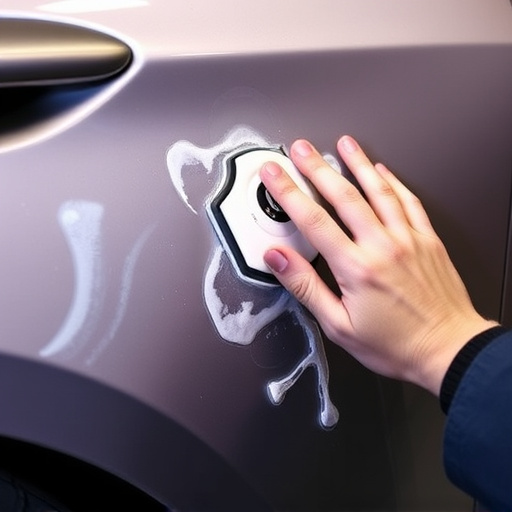
Restoring aluminum panels using PDR (Paintless Damage Repair) techniques can significantly enhance efficiency compared to traditional collision repair methods. By employing specialized tools and skilled technicians, the process minimizes the need for extensive sanding, masking, and repainting. This not only reduces time and labor costs but also preserves the original finish and metallic glow of the aluminum, making it ideal for both aesthetic restoration and structural repairs.
In an automotive repair setting, PDR for aluminum panels offers a game-changer solution. The method allows for quick and precise removal of dents and dings without leaving visible repair marks or compromising the panel’s integrity. This not only streamlines the collision damage repair process but also ensures that vehicles return to their pre-incident condition faster, satisfying both repair shops and customers alike.
PDR (Plastic Deformation Repair) for aluminum panels is a specialized process that significantly reduces repair times compared to traditional methods. By understanding the factors influencing restoration efficiency, such as panel complexity and damage extent, technicians can optimize their work. This article has explored the PDR process, highlighted key influences on repair duration, and offered insights into enhancing overall panel restoration effectiveness. Embracing PDR for aluminum panels can lead to faster turnarounds, reduced costs, and improved sustainability in various industries.
